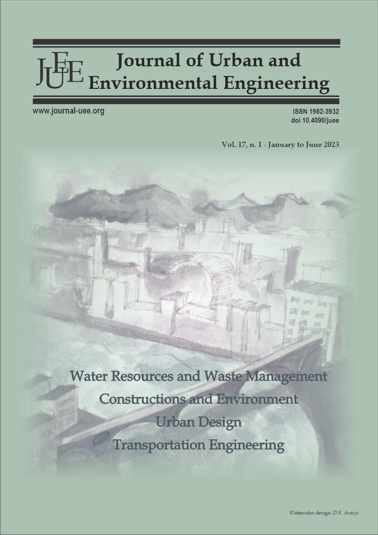ANAEROBIC DIGESTION AND PRETREATMENT METHODS APPLIED TO PRIMARY AND SECONDARY SLUDGE FROM PULP AND PAPER MILLS: A REVIEW OF THE DEVELOPMENT OF GLOBAL RESEARCH AND A CASE STUDY OF A TYPICAL BRAZILIAN KRAFT PULP MILL
Abstract
Pulp and paper (P&P) mills are currently one of the largest industrial water consumers and effluent generators worldwide. As a consequence of the biological effluent treatment processes currently in use, a large volume of sludge is generated, which requires great efforts and high costs to manage. An interesting option for sludge management is anaerobic digestion, a means of reducing sludge volume while generating renewable energy that can be used in the industrial processes. However, anaerobic technology needs to be improved, mainly due to the 30- to 40-d retention time required to digest pulp mill sludge in conventional anaerobic bioreactors. This paper presents a review of the potential of anaerobic digestion for sludge treatment in P&P mills and the application of pretreatment methods to enhance methane production, decrease the retention time and, ultimately, decrease the volume of the digesters. A case study examining the potential of integrating pretreatment and anaerobic sludge digestion in a Brazilian kraft pulp mill is also presented. The literature review resulted in 52 matches in which 16 articles were related to anaerobic digestion or co-digestion of P&P sludge without pretreatment and 20 articles had to do with anaerobic digestion of P&P sludge after pretreatment. A large discrepancy among the results presented made it difficult to assess the suitability of anaerobic digestion and the actual impacts of the sludge pretreatment on the viability of the system. Aspects such as the type of pulping process, sludge moisture and organic (original COD) content, as well as the pretreatment and the anaerobic testing conditions, seem to influence the methane yield. Simulations were carried out using current data from a Brazilian kraft pulp mill and indicated the important role of sludge pretreatment in potential methane production. Pretreated sludge has a theoretical potential to produce 4.7 times more methane than raw sludge, due the increase in the initial BOD as a result of the solubilization provided by the pretreatment.




